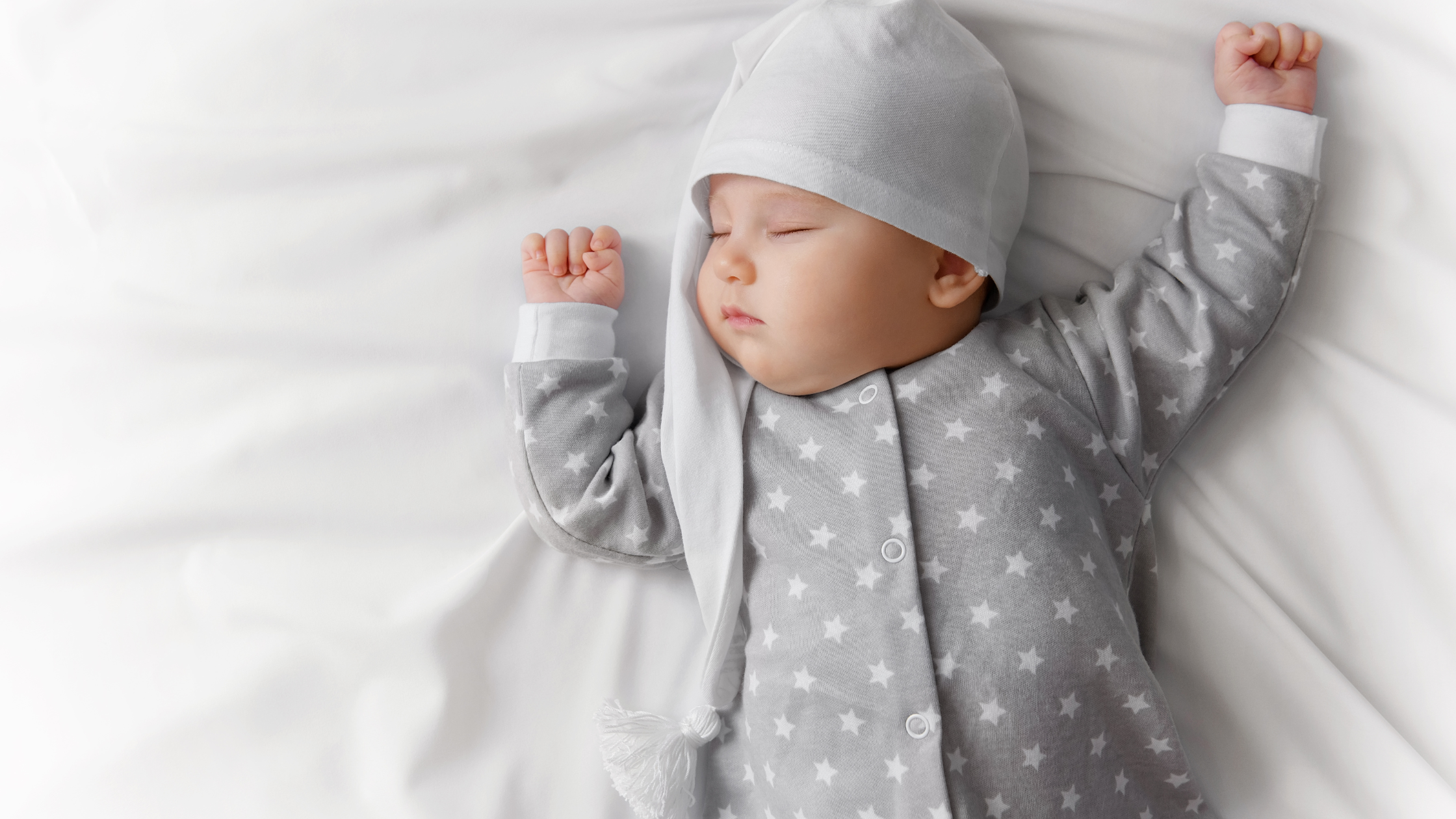
As you put your infant to sleep, it is important that you make sure they are sleeping safely! Infant and child sleep is different than adult sleep. But adults may think that their children need various items and different sleep positions because that's what the adult needs.
It's different for infants and kids. It's important that you recognize these differences to reduce your risk of sudden infant death syndrome (SIDS). SIDS is a condition where your child may die in their sleep from an unknown cause. Most of the time it's suffocation from the items in their bed. Other times, the cause cannot be determined. In order to make sure your child is safe, here are the ABCs of safe sleep, and why they are so important!
A is for Alone
Your infant should always sleep or nap alone. They should not sleep with others or share a bed or crib with anyone else. For those of you who would like to cosleep with your infant, it's okay as long as your child is in their own bed that is adjacent to your bed. Other than that, your child should not be sleeping in the bed with you.
One main cause is that you or your bed partner may accidentally roll on top of the baby and suffocate them. Although you may be very confident in your sleep abilities, you may end up in a weird sleeping position that can impede their breathing.
In addition to this, your pillows and covers may also be a problem for them. Babies and infants have very weak respiratory systems and muscular strength. Therefore, the comforter may actually be too heavy for babies to move off of their face. Same goes for even baby blankets or stuffed animals in their cribs. They don't actually need too many items to stay warm. In fact, just placing them in a swaddle or long-sleeved onesie will suffice.
B is for Back
The B is for back as infants should sleep on their backs for both naps and sleeping. It could be tempting to place children on their stomachs or sides to help with keeping the pacifier in place or the bottle. However, putting children on their back to sleep is the safest option.
When you place children on their back, you are increasing their opportunity for a safe night of sleep. This allows their respiratory systems to maximize their space and function. As babies' respiratory systems are developing, having them sleep on their back and ensure that you are assisting them with optimal breathing position.
C is for CRIB
The final letter is C for crib. This means that babies should always sleep or nap in their own safety-approved crib, play yard, bassinet, or portable crib. These places should NOT have pillows, blankets, stuffed animals, or anything else in them. For children to have extremely safe sleep environments, all they need is a mattress with a tight fitting sheet.
If they are not going to bed in their own crib, then they at least need to be in their own space. This is to teach babies how to sleep on their own, while also maximizing their safety. They do not need other bodies or items to stay warm.
Additional Safety Concerns
The ABCs are a great place for parents and caregivers to learn. However, there are other risks that they must be aware of.
One of those is that alcohol or drug impairment can increase the risk of sudden infant death syndrome if that individual decides to cosleep. This reduces someone's awareness, even when they are sleep, which can lead to the inability to recognize when the infant or baby is in distress.
Sleeping on the couch or another soft surface is another risk factor for sudden infant death. Sleep-related infant deaths actually increased by a factor of 67. It's better to transfer the baby to their own sleeping area instead of falling asleep with them on a soft plush area. Not only can falling asleep with a baby in their arm can increase the risk of the baby falling out of their arms, but with such a soft surface, can increase the risk for suffocation.
It's also unnecessary for parents to use cardiovascular monitors on their children. They have not been shown to decrease the risk of sudden infant death syndrome. It's also important that parents get rid of the head-shaping pillows and weighted blankets, weighted sleepers, weight swaddles, or other weighted objects on or near a sleeping infant because they can create an unsafe sleeping space.
If you are concerned about your child's sleep habits, or are unsure how to get your sleeping child to sleep through the night, then please click the orange button to take a free online sleep test and talk with one of our sleep health professionals.
https://www.health.state.mn.us/news/pressrel/2022/safesleep111422.html

